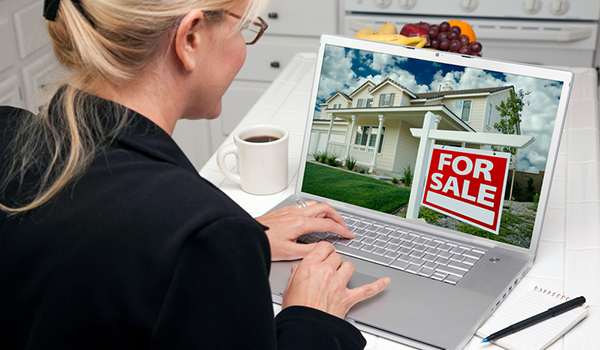Don’t count Baby Boomers out of the housing market just because they’re getting on in years. They’re moving out of family-sized homes into smaller houses at roughly the same rate as Millennials, as well as buying second homes in warmer climes.
As the National Association of Home Builders (NAHB) notes in a report on trends for this active generation, “Boomers…may be getting older but they are definitely not ready for the retirement home!”
Perhaps because these 50 to 70-year-olds are less at home online than younger homebuyers, they’re also more likely to spend more time with an actual real estate agent—driving around, walking through listings, sitting down at the agent’s desk– before making the decision to buy, according to a recent Forbes study of the buyer patterns among the three generations.
A bright spot in the current market is the trend, noted by the National Association of Realtors (NAR), of younger Boomers—those aged 51 to 60—accounting for 16 percent of recent home buyers. With relatively high median incomes and children under 18 still at home, these members of the “sandwich generation” are more likely than other generations to be in the market for multi-generational homes, both for their children and for aging parents in their care.
Parallel trends show Baby Boomers down-sizing, and remodeling existing homes, to suit their current and future needs. At 76 million strong, they represent a significant market. For real estate agents as well as contractors, here are a few tips from the NAHB on what members of this generation are looking for:
- Home offices. With many Boomers working well beyond age 65, the home office has become a key feature of homes for them.
- Media centers. Despite being immigrants to the digital era, this generation wants tech amenities like wireless networks and central control systems plus remote lighting and security features.
- Extra-wide doorways and hallways are desirable, as well as a long-term investment, as these homeowners age and need walkers and wheelchairs.
- First-floor bedrooms and baths. Ease of accessibility for aching backs and knees are also desirable. According to NAHB figures, 40 percent of new homes have first-floor master suites, a 15 percent increase from a decade ago.
- Flex space. Rooms that can adjust to older homeowners’s changing needs allow Baby Boomers to stay in their homes longer, which many prefer to retirement communities.
While this generation of home buyers doesn’t rely on digital searching as heavily, there is some evidence of them being technologically savvy (due to the fact that they are looking for home offices and media centers within their new home purchases). Factoring that into listing information, online advertising and other digital marketing materials could be an impact point in their decision making process.

